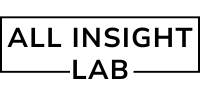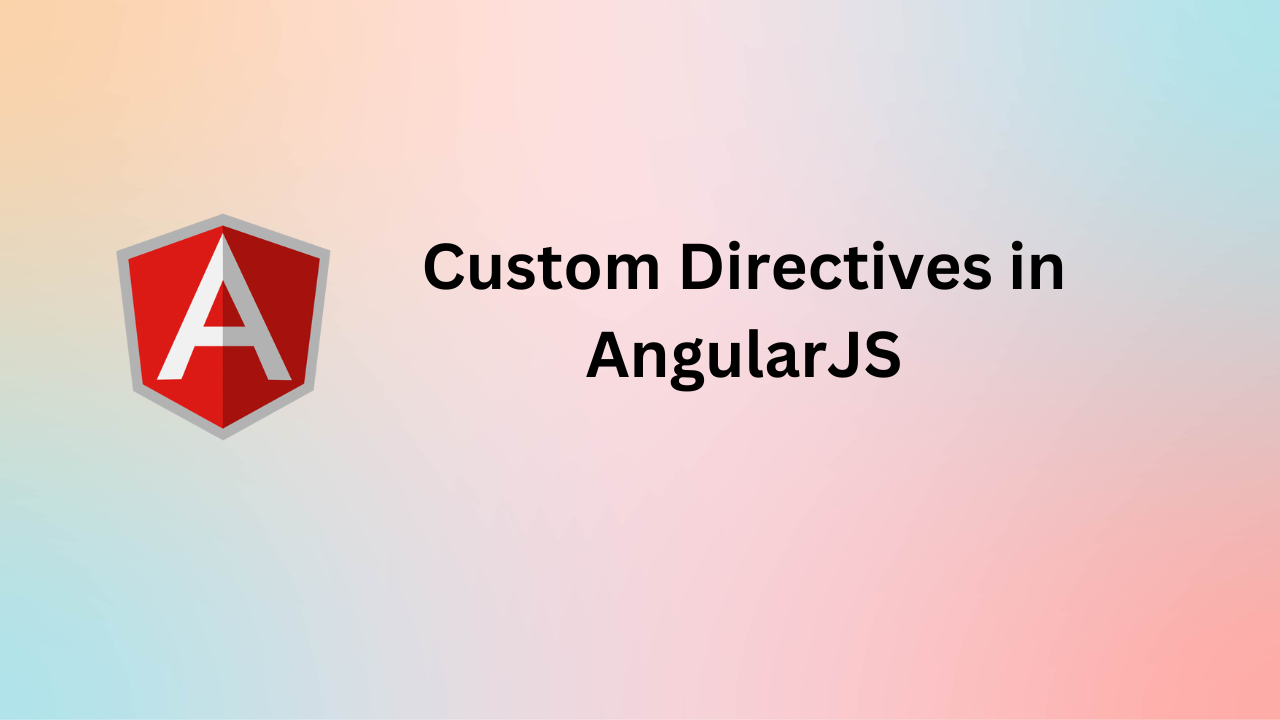AngularJS, with its robust set of features, introduced a revolutionary way to build dynamic web applications. Among its most powerful tools are directives, which allow developers to create reusable and highly functional components. Custom directives enable you to extend HTML’s behavior, making AngularJS applications more flexible and modular.
In this comprehensive guide, we’ll explore custom directives in AngularJS with practical examples, best practices, and even some interview questions to test your understanding.
Table of Contents
What Are Directives in AngularJS?
Directives in AngularJS are special markers on a DOM element (like attributes, elements, comments, or CSS classes) that tell AngularJS to attach specific behaviors to that DOM element or even transform the DOM. While AngularJS provides several built-in directives like ng-model, ng-if, and ng-repeat, custom directives allow developers to encapsulate reusable functionalities in a clean and modular way.
Why Use Custom Directives?
Custom directives are ideal for scenarios where you need to:
- Encapsulate Reusable Code: Custom directives help eliminate redundancy by enabling the reuse of specific UI components or behaviors.
- Enhance Maintainability: By modularizing your code into directives, the application becomes easier to debug and maintain.
- Isolate Scope: Directives can be configured to have their own isolated scope, protecting them from unintended interference with the parent scope.
- Custom Behavior: You can create entirely new HTML elements or attributes with custom behavior tailored to your application’s needs.
Creating a Custom Directive: Step-by-Step
Let’s build a custom directive to display a reusable user profile card.
Step 1: Define the Module and Directive
To create a directive, you’ll use the directive method provided by the AngularJS module.
angular.module('myApp', [])
.directive('userProfile', function() {
return {
restrict: 'E',
scope: {
user: '='
},
template: `
<div class="profile-card">
<img ng-src="{{user.avatar}}" alt="{{user.name}}">
<h3>{{user.name}}</h3>
<p>{{user.email}}</p>
</div>
`
};
});
Explanation:
- Restrict Property:
Therestrictoption specifies how the directive can be used:'E'for Element (<user-profile></user-profile>).'A'for Attribute (<div user-profile></div>).'C'for Class (<div class="user-profile"></div>).'M'for Comment.
- Scope Property:
Thescopecreates an isolated scope for the directive, preventing conflicts with the parent scope.'='binds a two-way model to the directive.
- Template Property:
Thetemplatedefines the HTML structure rendered by the directive.
Step 2: Use the Directive in HTML
Here’s how to use the userProfile directive in your HTML:
<div ng-app="myApp">
<user-profile user="userData"></user-profile>
</div>
<script>
angular.module('myApp').controller('MainController', function($scope) {
$scope.userData = {
name: 'John Doe',
email: 'john.doe@example.com',
avatar: 'https://via.placeholder.com/150'
};
});
</script>
This will render a user profile card with the data provided in $scope.userData.
Step 3: Adding Custom Behavior with link
To add dynamic behavior to your directive, you can use the link function.
.directive('userProfile', function() {
return {
restrict: 'E',
scope: {
user: '='
},
template: `
<div class="profile-card">
<img ng-src="{{user.avatar}}" alt="{{user.name}}">
<h3>{{user.name}}</h3>
<p>{{user.email}}</p>
<button ng-click="showGreeting()">Greet</button>
</div>
`,
link: function(scope) {
scope.showGreeting = function() {
alert('Hello, ' + scope.user.name + '!');
};
}
};
});
Here, the link function is used to define event handling logic for the directive.
Best Practices for Custom Directives
- Keep Templates Simple: Avoid overly complex templates in directives. If needed, separate the template into an external file.
- Use Isolated Scope: Always isolate the scope of your directive to avoid conflicts with the parent scope.
- Modularize Code: Keep your directive logic separate and reusable to promote code clarity and maintainability.
- Document Usage: Provide clear documentation for your custom directives so other developers can use them effectively.
Common Interview Questions on AngularJS Custom Directives
- What is the purpose of the
restrictproperty in a custom directive?- Answer: The
restrictproperty defines how a directive can be used in the HTML (as an element, attribute, class, or comment).
- Answer: The
- What is the difference between shared scope and isolated scope in directives?
- Answer: Shared scope allows the directive to access the parent scope directly, while isolated scope creates a separate scope to avoid conflicts.
- How do you pass data to a custom directive?
- Answer: Data can be passed to a directive using attributes and the scope bindings (
@,=,&).
- Answer: Data can be passed to a directive using attributes and the scope bindings (
- What is the difference between
templateandtemplateUrlin a directive?- Answer:
templateis used to define the HTML inline, whiletemplateUrlis used to load an external HTML file.
- Answer:
- Explain the role of the
linkfunction in custom directives.- Answer: The
linkfunction is used to add dynamic behavior, event listeners, or manipulate the DOM in a custom directive.
- Answer: The
- How do you create a directive that only applies to attributes?
- Answer: Use
restrict: 'A'to create a directive that is applied only as an attribute.
- Answer: Use
- What are transclusion and its benefits in AngularJS?
- Answer: Transclusion allows you to embed content inside a directive while preserving its original scope. This is useful for creating flexible and reusable components.
Conclusion
Custom directives in AngularJS are a cornerstone of modular and reusable web application development. They allow developers to extend HTML’s functionality and encapsulate behavior and UI components. By mastering custom directives, you can build dynamic and scalable applications with cleaner, maintainable code.
Understanding how directives work and their practical applications is essential for any AngularJS developer. Whether you’re preparing for an interview or building robust applications, custom directives provide a powerful tool to enhance your AngularJS expertise.
Master it, and you’ll unlock the full potential of AngularJS!
Happy coding!

